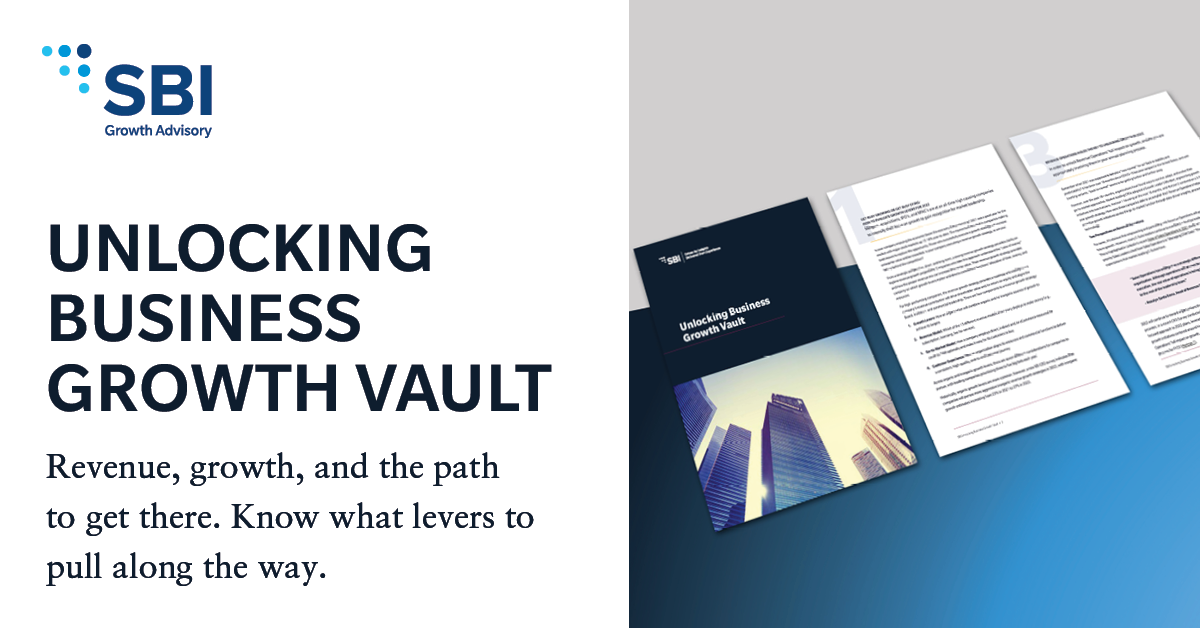What is the difference between customer success(CS) and customer experience (CX)? Find out how clever CEOs weave these together to form customer journeys and use CS/CX initiatives to drive revenue growth?
According to Forbes, Customer-centric companies are 60% more profitable than companies that don’t focus on customers. Yet, as COVID moves from a moment in time to the new normal, CEOs must balance delivering differentiated customer experience while maximizing the value of each customer relationship. Customers, Partners, Executives, and Academics are all asking the question: “How can your company recalibrate for a changed world?”
Although COVID has highlighted the need for a differentiated customer experience in recent years, CEOs have long been plagued by these questions. For years, executives have struggled to translate the strategic concepts of both “Customer Success” and “Customer Experience” into tactical execution plans. Not only has execution been a challenge, but quantifying the impact of initiatives, calculating the return on investment, and attributing revenue growth to CS and CX remains difficult across most industries.
Download our Customer Scorecard to determine if you’re measuring what matters to monetize CX and drive value for your customers or purely telling anecdotal customer success stories.
Foundation or Function? Why Does It Matter for CEOs?
Companies are still plagued by a persistent ‘chicken and egg’ conundrum – which comes first: Customer Success or Customer Experience? Is customer success an outcome of a well-executed customer experience? Or is customer experience an outcome of well-executed customer success?
A straightforward way to delineate customer success and customer experience is to imagine an office building. Customer success sits within the four walls of the organization, whereas customer experience is everywhere. In an earlier blog post, I wrote about Customer Experience Isn't a Straight Line, It's a Complex Ecosystem. That ecosystem is made up of various internal departments, technologies, and data sources – often with many internal “owners” of the experience.
Within SBI’s Revenue Growth Methodology, Customer Experience is a foundational strategy, whereas Customer Success is a functional strategy.
Customer Experience
Customer Experience is the culmination of every interaction that customers have with your brand. “While frustrating and friction-filled customer experience still exists, no company sets out to deliver a poor customer experience. Market leaders can directly connect customer experience – and the moments within a customer’s journey –to revenue growth. In short, market leaders have figured out how to monetize CX.”
Customer Success
Whereas Customer Success is a functional department, reporting through sales or support organizations within companies. “Buyers have more power than ever, have lower switching costs, and are under increased pressure to demonstrate value. Most companies have adopted a Customer Success approach in order to proactively demonstrate value, increase renewals, and identify (and in some cases pursue) cross-sell and upsell opportunities.”
According to Gainsight, the CEO should take ownership of Customer Success, specifically “Customer Success starts as a department and function but only thrives as a company-wide transformation. And this transformation requires the CEO personally owning it.”
How Does a CEO Measure the Impact?
First and foremost, it’s important to differentiate some foundational definitions and success measures or key performance indicators (KPIs) for each:
- Customer: Not only an end-user but how a company defines a customer (a client, partner, supplier, etc.). Critical for industries with complex operating environments and multiple stakeholders (e.g., Healthcare or Financial Services).
- KPIs - Operations-based: Measure the overall efficiency and effectiveness of the business's operation, focuses internally within the company.
- Customer Experience: How well your company (through various interactions and touchpoints) achieves your customer's specific business objectives. Specifically, how well a company meets the expectations of its customer.
- KPIs - Experience-Based: Customer-provided feedback focuses on specific interactions as a part of the entire experience.
- Customer Success: A specific department that works to help customers achieve successful outcomes. Tactically, the integration of multiple functions but one customer-facing representative from the company.
- KPIs - Revenue-Based: Aggregated measures of overall revenue contributions, focuses on key indicators of growth.

How Impactful is Your Customer Experience?
According to Forbes, 84% of companies that work to improve their customer experience report an increase in their revenue. Yet, many CEOs find themselves prioritizing the urgent over the important, failing to understand the strategic importance of Customer Experience.
Not sure where to start?
In less than 10 minutes, the SBI Growth Index can help your team identify key risks to their revenue growth across 8 areas, including both Customer Experience and Customer Success.
Download our Customer Scorecard and ask if your team is measuring what matters. Let SBI help you establish the foundation for revenue growth because transformation requires the CEO to own it personally.

